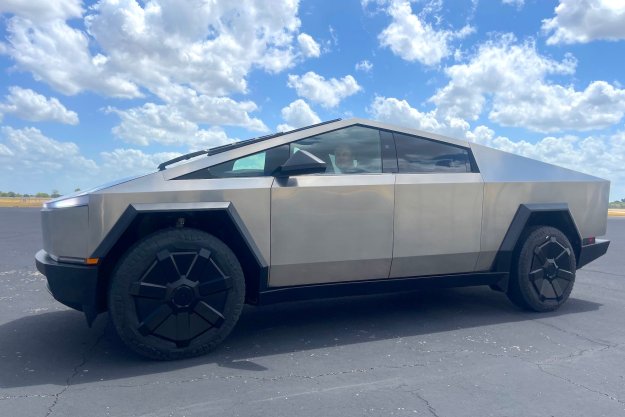That was fast.
Lexus just unveiled the luminous LF-C2 concept at the Los Angeles Auto Show last week, but now it’s apparently cancelled the production RC convertible that concept so clearly presages.
Instead, Lexus will put its resources into a new three-row crossover, according to Motor Trend.
How do you go from a sleek two-door to a decidedly un-sleek luxury bus? Convertibles make up around 1 percent of U.S. car sales, while crossover sales are big and growing.
Lexus was committed to the RC convertible anyway, as it helps the brand better compete with the BMW 4 Series and Audi A5, while adding a bit of excitement.
However, dealers have been clamoring for a larger crossover to sit above the RX in Lexus’ lineup, as the truck-based GX and LX don’t sell well.
The decision not to do a three-row crossover apparently spurred a revolt among Lexus dealers, who seem to have strong-armed the company into changing plans.
Lexus is now reportedly working on a crossover based on the next-generation LS, meaning it will use a rear-wheel drive platform and have vehicles like the Cadillac Escalade, Lincoln Navigator, and Mercedes-Benz GL-Class in its sights.
So despite its best efforts, Lexus will take the more sensible (and more boring) route.
The real kicker, though, has to do with the RC coupe people can actually buy.
The hardtop RC was made heavier than necessary because of the planned convertible model. Taking the roof away requires extra structural support in other areas to compensate.
With the convertible cancelled, the reason for adding all of that weight is now moot, and they don’t make a liposuction machine for cars.
Editors' Recommendations
- Lexus did the obvious thing and chopped the top off its flagship LC
- Lexus jumps back into the convertible segment with a topless LC


